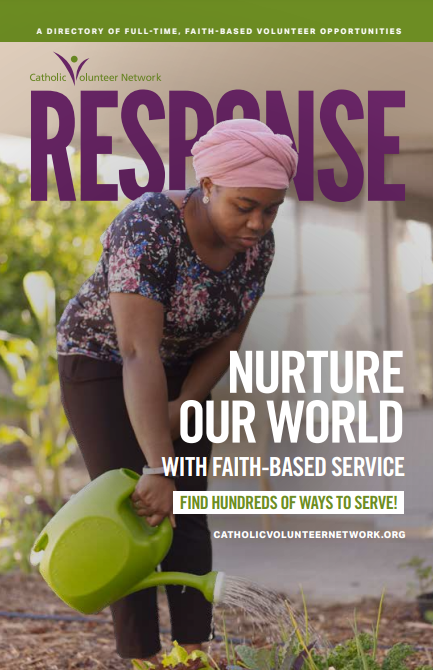 By Erin Shawgo, Cap Corps Midwest
By Erin Shawgo, Cap Corps Midwest
Service Site: Urban Ecology Center
Erin Shawgo is a Cap Corps Midwest alumni from 2011-2012, living in Milwaukee and filling her days with transformative justice, music, food, and yoga, among other things. She loves working with youth, spending as much time outside as possible, and continues to work at the Urban Ecology Center as a volunteer coordinator.
Goose scat has been a big part of my life these last six months, thanks to a group of students from Community High School— a small public charter school in Milwaukee that I worked with at my placement, the Urban Ecology Center. Community High joined my co-teacher, Tory, and I last November to fulfill a service learning component of their curriculum. We introduced them to the work that the Urban Ecology Center does in Washington Park and explored options for a long term service project. After trash pick-up, invasive plant removal, seed collection and more, the group chose to delve into the issue of geese overpopulating our park.
At first glance, having geese in the park may seem like a great thing. They offer a close-up view of wildlife and can be fun to watch, especially with their young in the spring. However, each time we walked in the park with Community High, the students noticed the surplus of goose scat covering sidewalks and green spaces. They decided that the park would be more pleasant if we could find a way to reduce the number of geese calling the park home, and the amount of scat they brought with them.
 The students began to research why so many geese were visiting the park, what problems they were causing, and what other people around the country were doing to handle similar situations. We went on a trip to Madison to visit some experts from the Department of Natural Resources (DNR) and talked to some film makers who produced a short film about effective solutions. We learned that geese liked Washington Park so much because of its open, green space, easy water access, vegetation, and lovely bread buffet often provided for the geese at the north end of the lagoon. Through mapping and photography, we gained evidence of the erosion the geese were causing along the lagoon’s shoreline as they entered and exited the water. Research done by the students also showed us that bread is hard for geese to digest since their diet should mainly consist of green vegetation. We learned how to oil eggs to prevent them from hatching, watched videos and spoke to experts about doing a goose round-up.
The students began to research why so many geese were visiting the park, what problems they were causing, and what other people around the country were doing to handle similar situations. We went on a trip to Madison to visit some experts from the Department of Natural Resources (DNR) and talked to some film makers who produced a short film about effective solutions. We learned that geese liked Washington Park so much because of its open, green space, easy water access, vegetation, and lovely bread buffet often provided for the geese at the north end of the lagoon. Through mapping and photography, we gained evidence of the erosion the geese were causing along the lagoon’s shoreline as they entered and exited the water. Research done by the students also showed us that bread is hard for geese to digest since their diet should mainly consist of green vegetation. We learned how to oil eggs to prevent them from hatching, watched videos and spoke to experts about doing a goose round-up.
Ultimately, the group decided to put their focus into shoreline restoration and increased signage in the park. With the help of staff at Washington Park, the group has been a part of planting taller and larger wetland plants along the lagoon to deter geese from entering in and out of the water on foot and increasing erosion. The staff has also helped cut, trim, and bundle buckthorn to build the eroded shoreline back up. The students increased signage because they realized there were not enough signs in the park explaining the consequences of feeding bread to the geese. The students identified the area where people fed geese the most, and helped to design signs to inform the community.
It has been an amazing experience to see a group of high school students work to make their community a better place. It’s funny what stepping in a little too much goose scat can do.
As an AmeriCorps Environmental Educator at the Urban Ecology Center, Erin helped develop a new project at her site that encouraged community service and engagement among local High School Students.
 By Erin Shawgo, Cap Corps Midwest
By Erin Shawgo, Cap Corps MidwestThe students began to research why so many geese were visiting the park, what problems they were causing, and what other people around the country were doing to handle similar situations. We went on a trip to Madison to visit some experts from the Department of Natural Resources (DNR) and talked to some film makers who produced a short film about effective solutions. We learned that geese liked Washington Park so much because of its open, green space, easy water access, vegetation, and lovely bread buffet often provided for the geese at the north end of the lagoon. Through mapping and photography, we gained evidence of the erosion the geese were causing along the lagoon’s shoreline as they entered and exited the water. Research done by the students also showed us that bread is hard for geese to digest since their diet should mainly consist of green vegetation. We learned how to oil eggs to prevent them from hatching, watched videos and spoke to experts about doing a goose round-up.



 Thousands of faith-based service opportunities can be at your fingertips with the RESPONSE. Download the latest edition today!
Thousands of faith-based service opportunities can be at your fingertips with the RESPONSE. Download the latest edition today!
